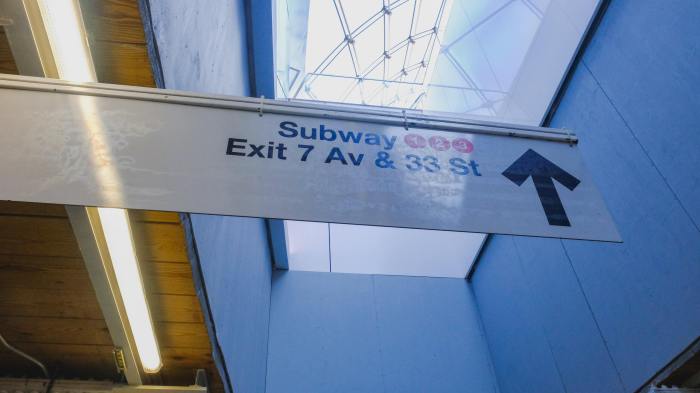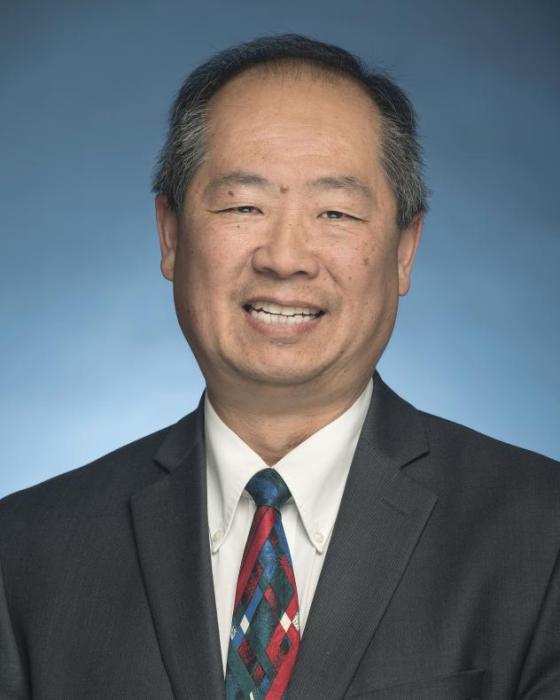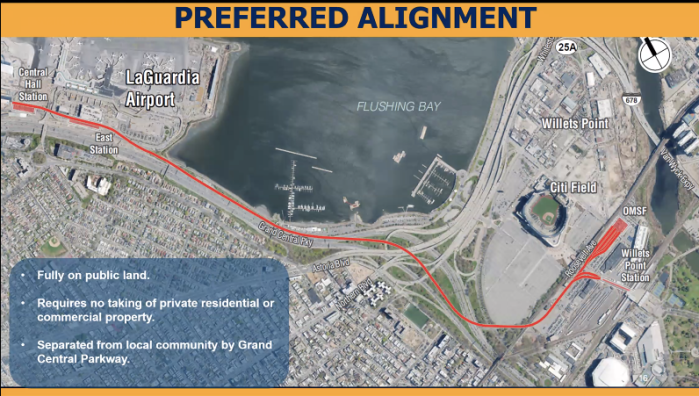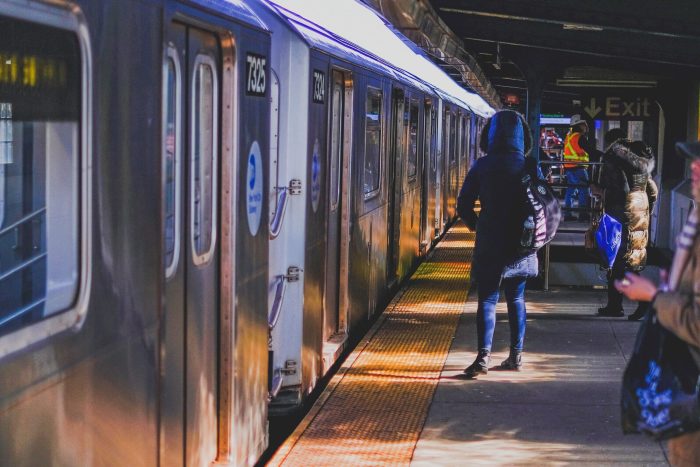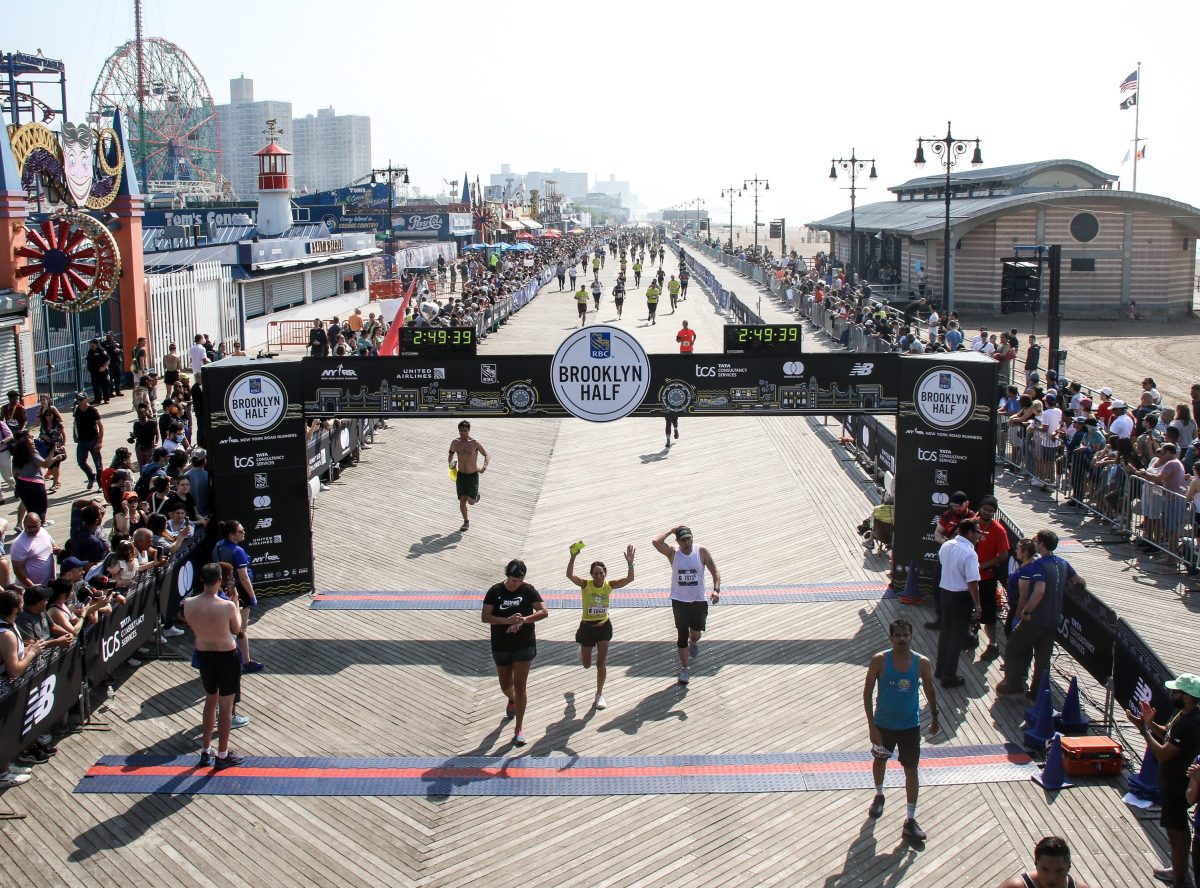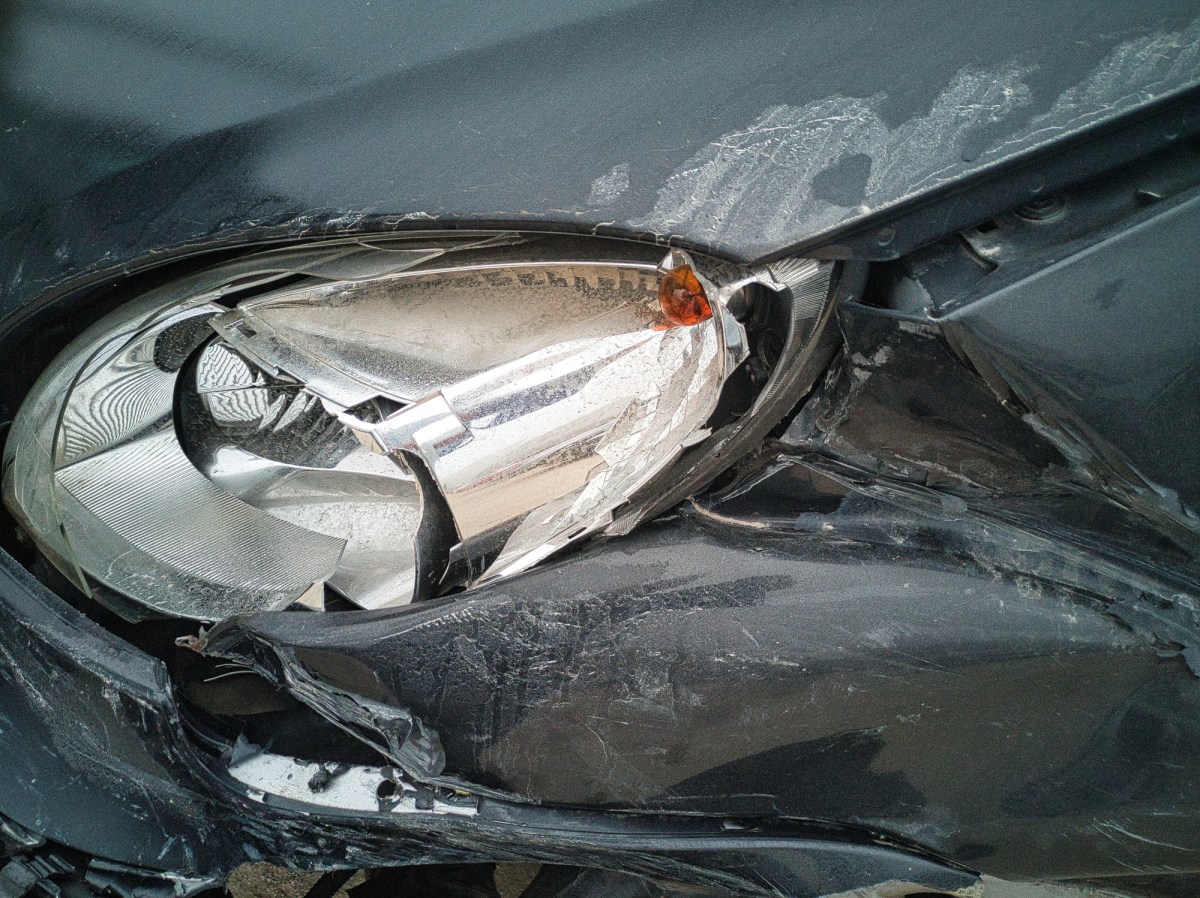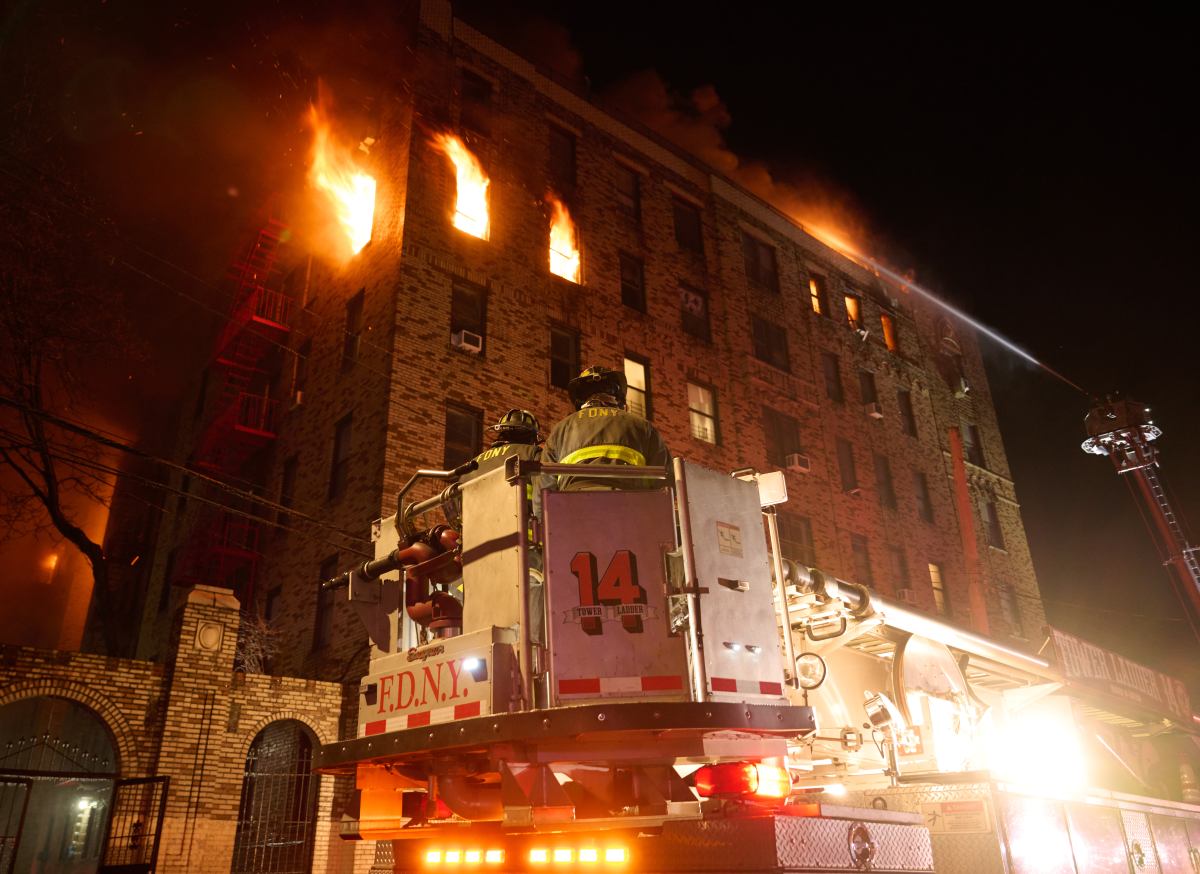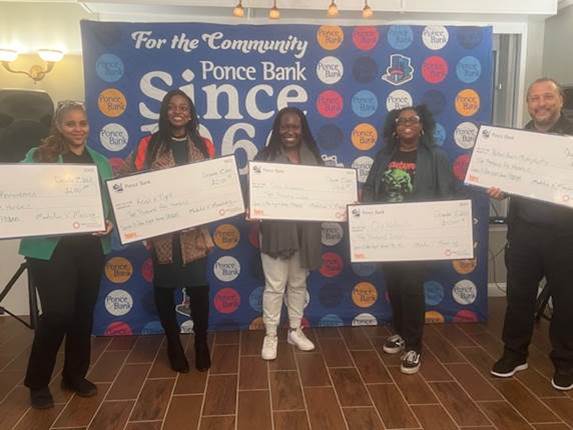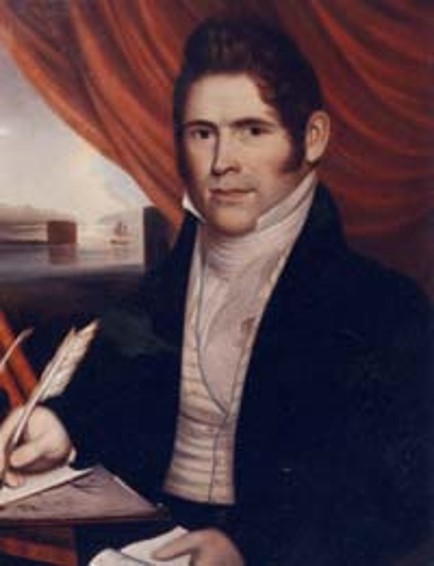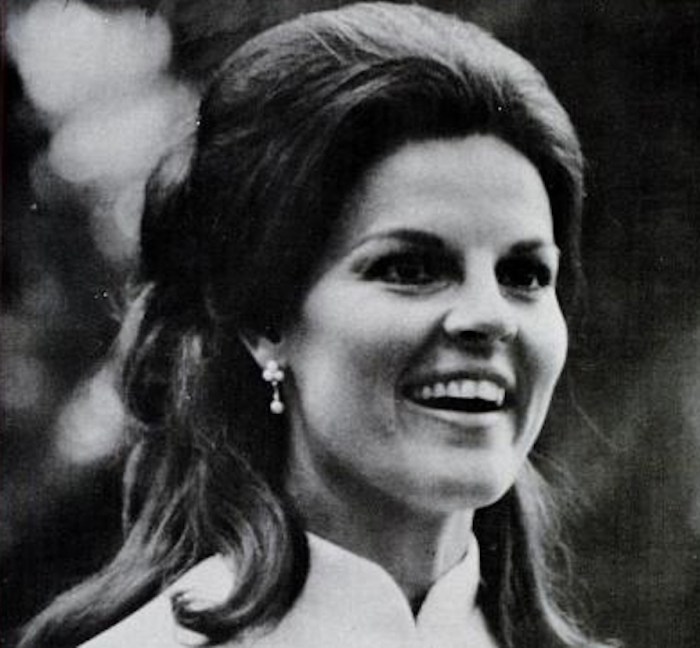For three weeks, straphangers have been able to benefit from a $5 flat fare ticket to ride the MTA’s two commuter railroads within the city limits during off-peak hours under the so-called CityTicket program — except for one station in a working-class neighborhood at the southeastern edge of Queens where riders will still have to pay almost twice that.
The Far Rockaway stop on the Long Island Rail Road does not offer the discount, because trains must go out of the city and make stops along through the Five Towns just over the Nassau County border before returning to Queens along the route, Metropolitan Transportation Authority officials said.
“It’s literally the only railroad station in the entire network, while it’s in the city, travel to and from it requires going through Nassau County,” said MTA deputy chief of management and budget Mark Young during a City Council Transportation Committee hearing Wednesday.
The trains on the Far Rockaway branch of the LIRR go through seven stations outside of the New York City border before veering back into Rosedale, Queens, and Young said with CityTicket Far Rock residents would have to pay only $5 despite traveling a longer distance than someone getting on at the next stop in the suburbs shelling out the regular $9.25 fare.
But the area’s Council Member Selvana Brooks-Powers — who also chairs the Transportation Committee — pushed the agency should still include the station.
“Far Rockaway is a part of New York City, it is a part of the great borough of Queens, and the people in Far Rockaway deserve to have that option as well,” Brooks-Powers said during the March 16 hearing. “They have to take an A train ride into the city that takes so long, it takes away time that they can be really spending with family, getting a few extra moments of sleep, to have a real balance of quality of life — and because they live in Far Rockaway, they should not be penalized by not having that option.”
According to the latest U.S. Census data for the area’s ZIP code, Far Rockaway is nearly 44% Black, 24% Hispanic, and 24% white, and the median household income is $52,605, below $67,046 for the whole city.
The neighborhood is also at the last stop on the A train subway line, which is a less than 10 minute walk away from the LIRR terminus.
An LIRR trip to Penn Station takes a little under an hour, while an A train makes the journey in about 66 minutes.
However, trips to other nabes in southeastern Queens are a good bit faster with the LIRR, such as 23 minutes to Rosedale as opposed to 51 minutes via two bus lines, or 35 minutes to Jamaica Center compared to 1 hour 16 minutes on the subway or 48 minutes on the bus.
MTA Chairperson and CEO Janno Lieber told amNewYork Metro later Wednesday that the agency is looking at giving the Queens commuters some sort of benefit, even though offering the same CityTicket deal is “not possible.”
“It is an anomaly. We very much respect and want to provide benefits to Far Rock, and what we’re doing is we’re looking at different ways of giving them incentives that would have real value, even if this one because of that quirk… is not possible,” Lieber said during an unrelated press conference at Grand Central Terminal.
“We think that there might be other ways we can give Far Rockaway Long Island Rail Road commuters on the Far Rock branch a similar incentive of close to or similar value,” the transit honcho added.
The stop has long been a hot topic among transit advocates, according to Lisa Daglian, the executive director of the MTA’s in-house rider advocacy group the Permanent Citizens Advisory Committee.
“The concern that’s been raised is people coming over the border parking in Far Rockaway and taking unfair advantage of both parking and a discount that’s supposed to be for area residents,” said Daglian.
The transit booster agreed with Brooks-Powers that Far Rockaway should be added to CityTicket and Atlantic Ticket, an previous fare deal for $5 tickets around the clock at 10 LIRR stations in Brooklyn and southeast Queens.
“It’s just one of those vagaries of the station, but it doesn’t mean it can’t be fixed,” she said. “We fix hard problems, so we just have to come up with a solution.”




